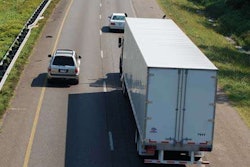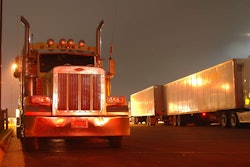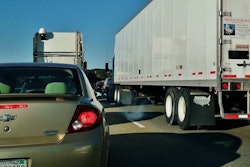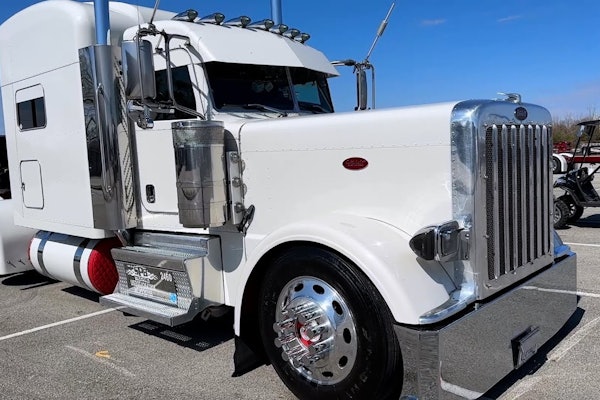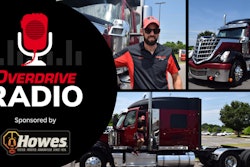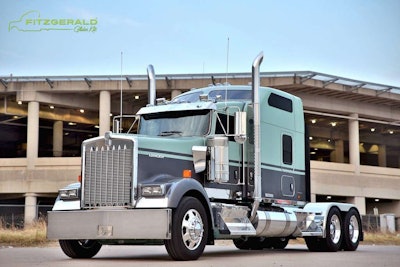 A Fitzgerald Kenworth Icon 900
A Fitzgerald Kenworth Icon 900Despite changes to how glider kits will be classified for emissions regulations compliance — and new standards coming to bear for glider kit builders — the glider industry will remain viable and intact, says Fitzgerald Glider Kits’ head of marketing Stu McLaughlin.
“We’re confident we’ll be able to test our products and meet the new standards,” McLaughin says of the looming Phase 2 emissions standards set by the EPA and the DOT. The standards will be phased in over the coming decade, spanning tractor-trailer wide improvements in fuel economy and greenhouse gas emissions.
The final text of the standards, issued in mid-August, depart from current regulations governing glider emissions. Glider kits will now be required to meet the emissions standards of the model year of the truck’s cab and chassis, rather than the year the engine block was cast.
Fitzgerald, the country’s largest glider kit maker, installs in-house remanufactured Detroit Diesel 60 Series engines into new cabs and chassis, effectively meaning its gliders must meet many of the standards set by the Phase 2 rule.
But major glider kit builders like Fitzgerald have the ability to meet the regulations, McLaughlin says, and continue to meet demand for their products. “Our plans for production are still in accordance with what we feel works for us and what sales trends in the past couple of years dictate,” McLaughin says.

Smaller glider kit makers — those who assemble and sell only a few hundred gliders a year — will be the ones forced out by the new EPA standards, he says. Kit makers who aren’t able to meet the new EPA standards will be capped at building 300 glider kits per year.
Fitzgerald has already started research work to set its benchmark to begin working toward compliance with the new regs, McLaughin says.
Fitzgerald has about 12 full-time engineers on staff. They’re working on lightweighting and other advances to help Fitzgerald’s Detroit engines meet EPA standards. New standards for engines begin in 2018 and gradually tighten until 2027, when engines will be required to achieve between 5 and 6 percent greater fuel economy when compared to 2017 benchmarks. “[The rule] clearly states they definitely anticipate kits to be built for years and years,” McLaughlin says. “They just want them to be compliant. Gliders represent such a small percentage of truck sales, but within that small market, it would be a crushing blow to say ‘no kits,’” he says.
McLaughlin says it’s unclear as to how the new standards will affect the prices of its glider kits, but there likely will be “updates” to the company’s current pricing in accordance to meeting the new standards.





